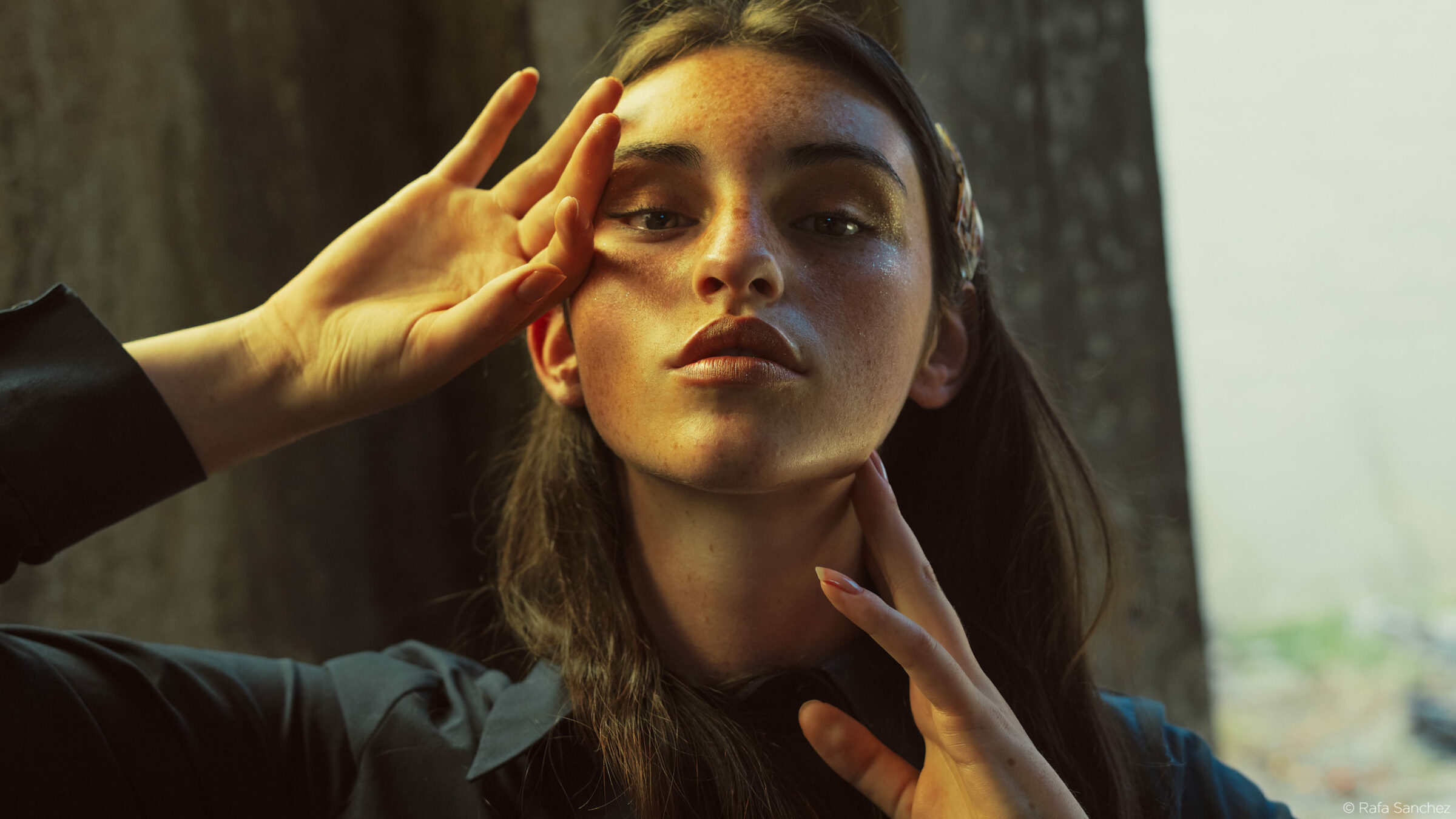Rafa Sanchez is a photographer, illustrator and motion graphics designer from Madrid. He makes pictorial portrait photography that plays with light, color, textures and body language, capturing fleeting moments that feel like a reverie but stay with the viewer for a long time.
I’ve always wanted to make art. As a kid, I would spend my days in my room drawing. Later I went through a graffiti phase, and then I fell in love with illustration, animation and graphic design. I’m drawn to anything from animated films and illustration to street art, advertising and typography.
My first contact with photography happened at Artediez (Escuela de Arte 10), where I studied illustration. Back then I wasn’t really focused on photography, but I did learn how to use a camera as part of my studies. Then, as soon as I could afford a camera, I started taking pictures of anything and everything. I photographed illustrations and things I noticed while walking through the city or travelling, but also random objects in my home or textures of light created by camera movements.
I’ve only started working with models when a friend asked for help with making a poster for his live action role-playing company. The theme was Madrid in the 80s, the time of the Madrid movement. I got hooked.
The photographer’s muse
Today, a lot of my photographic work is made up of self-initiated projects involving models. Most of them are women, which is partly a choice but also a matter of convenience. Ever since the Madrid-themed poster, I started looking online for model volunteers, and most if not all of them were women. But expressing female beauty is also something I absolutely love. Their force, their sensuality, the mesmerizing ways in which they convey feelings through body language and facial expressions – all great subjects to explore in my photography.
Women also express their different personalities more naturally through visual cues: their hair or makeup, the clothes they wear and accessories they adorn themselves with. Their visual universe is so much richer than that of men, which gives me more to work with creatively. That’s not to say that men can’t express complex feelings or aesthetic characteristics, and I’m actually keen on starting to include more men in my sessions. But the reality is that interesting male models are harder to find.
The puzzle of photography
When I choose a model to work with, the way she looks informs my ideas for the creative concept of the shoot, not the other way around. I usually create a story in my mind that relates to her style, and I look for colors, textures, clothing, accessories and other visual elements that can go with that story. It often feels like solving a puzzle. But most of it happens in my head, without actual sketches or moodboards, and a lot gets decided on the spot, when I meet the model and we build the story together.
"I’m trying to let myself create freely, and maybe hide a little bit of myself in each image I capture."
Improvisation is an important part of my photography, and in fact a big part of my way of creating in general. We start from a dress, an interesting location we discover, an object I have around the house – and then start building on the idea together. I usually let models express themselves as they want. I approach each shoot as if I’m creating something together with a friend.
By day I work as a motion graphics designer for TV, so photography is still my side hustle. I invest as much time and resources as I can in my photo projects, but I still wish I could do much bigger and complex projects, and have a team to work with.
For the love of medium format
I love using medium format for the ability to create high quality prints out of my photos for exhibitions or sales. My dream is to create huge murals for brand campaigns.
Before getting into shooting medium format, I always got annoyed at how DSLR cameras rendered color and especially skin tones. Applying treatments on shadows and lights was difficult or ended up in losing information. So at some point I sold all my equipment and started testing out medium format cameras. I tried a few before I discovered Phase One and was blown away by the colors and dynamic range. Even if I own an older Phase One, I still think the captures are so impressive and it makes editing a pleasure. I don’t even want to imagine what I could do with the latest model.
To me, photography is just another way to satisfy my perpetual urge to create. I’m happy if my work provokes an emotional response or makes people think, but I don’t set out to communicate a particular message. I’m trying to let myself create freely, and maybe hide a little bit of myself in each image I capture.
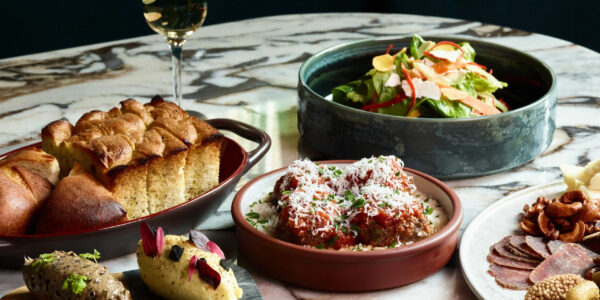
Photographer Stories
Karen Culp
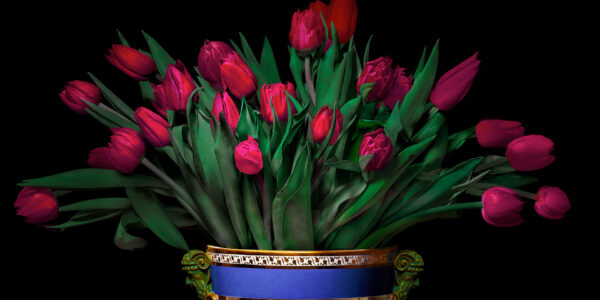
Photographer Stories
T.M. Glass: Flower portraits
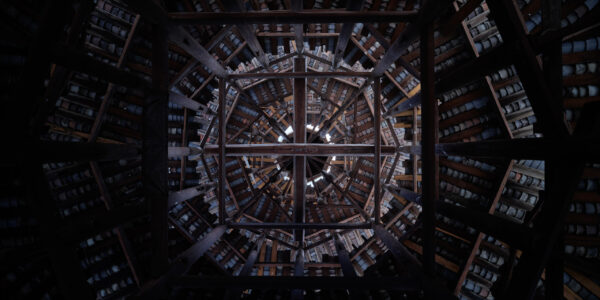
Photographer Stories
Preserving ancient Chinese buildings – Dong Village
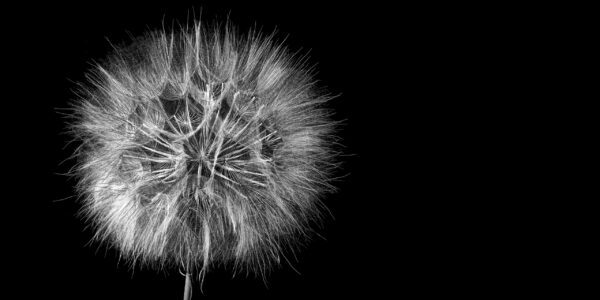
Photographer Stories
Jeff Puckett – The Art of Photogravure
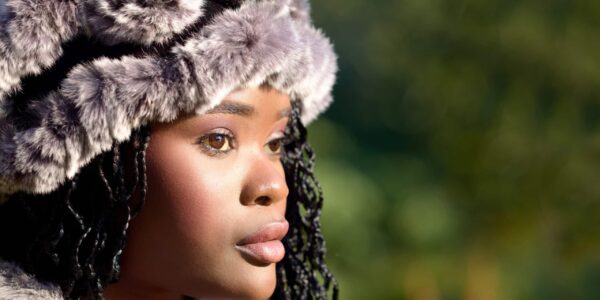
Photographer Stories
Carollyne Sinclaire – A Portrait of the Heart
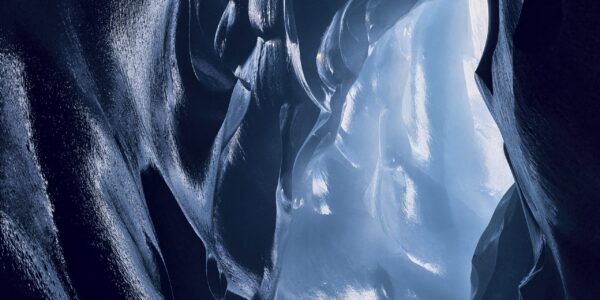
Photographer Stories
A photograph can freeze time. Can it also mobilize human action?
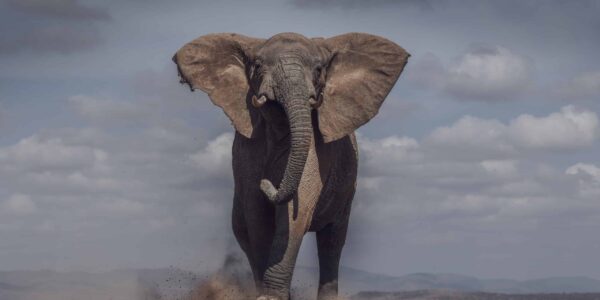
Photographer Stories
Guadalupe Laiz – Up Close and Personal
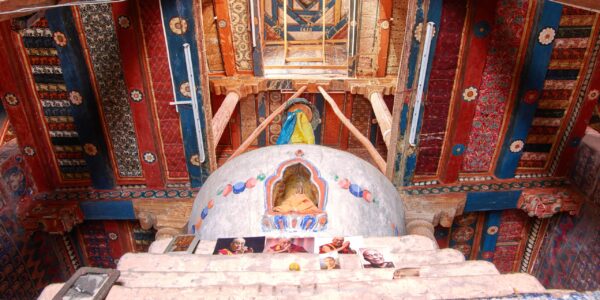
Photographer Stories
How Did a Remote Himalayan Monastery Show Up in New York City?
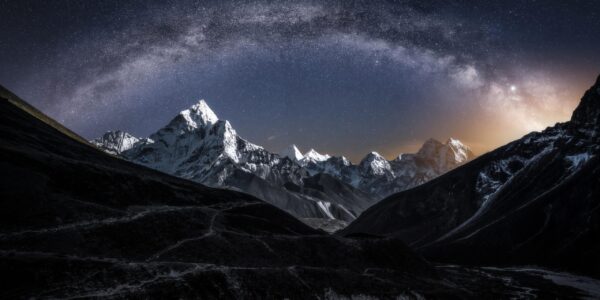
Photographer Stories
Thomas Biasotto Moments beyond Imagination
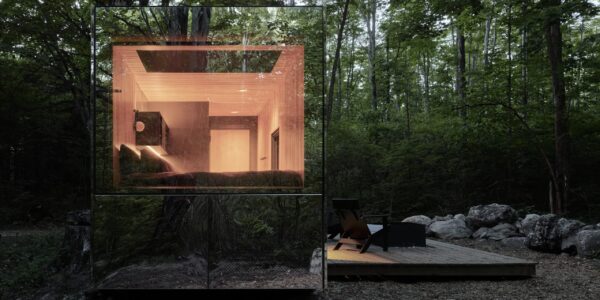
Photographer Stories
Photographing the invisible
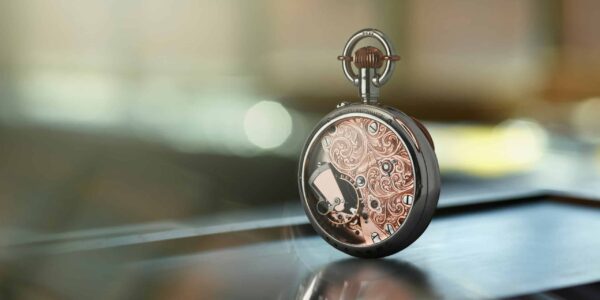
1-Minute Inspiration
Young and Hungry – Upgrading your career and kit with Phase One
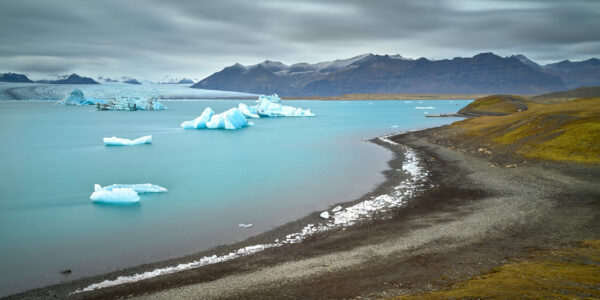
Photographer Stories
Iceland through the lens
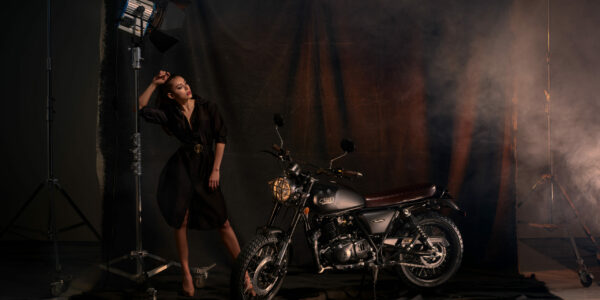
Photographer Stories
Composing soft even lighting in photography
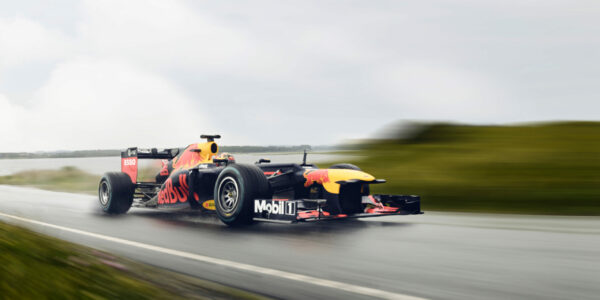
Photographer Stories
Capturing that Split Second – A Formula 1 Car Photo Shoot
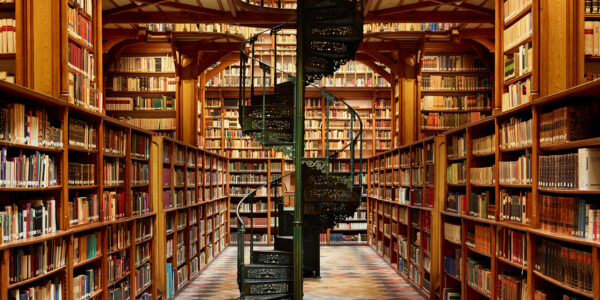
Photographer Stories
Cathedrals of Knowledge – Photographing Tranquil Oases with Daniel Zielske
